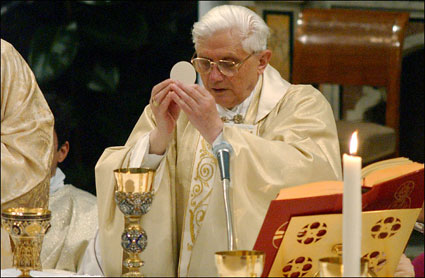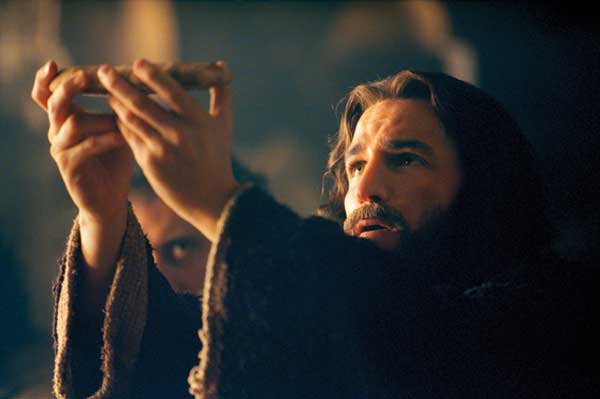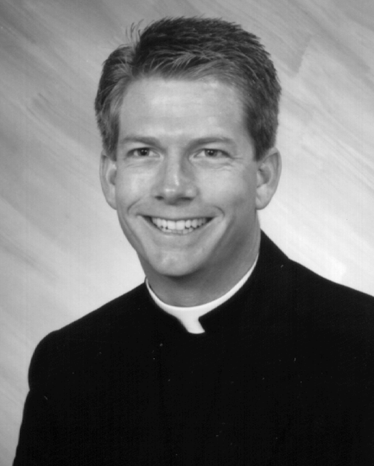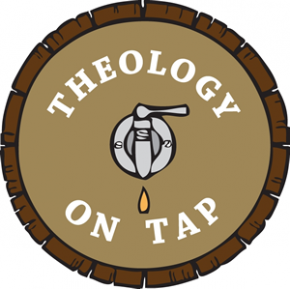Sunday Lectionary: Are you listening to the words coming out of my mouth?
Once again, in the spirit of regaining more of my free time to engage in other projects, these notes will be fairly terse and to the point…
Twentieth Sunday in Ordinary Time: August 19th, 2012
The Readings this week continue on a similar trajectory to those of recent weeks. In Proverbs we hear how Lady Wisdom has “dressed her meat [and] mixed her wine” and sent out an invitation to all to come eat and drink at her table. In our Responsorial Psalm, the psalmist invites us once again to “Taste and see the goodness of the Lord”. St. Paul continues his moral exhortation to the Ephesians in the Second Reading , commending them to be “filled with the Spirit” rather than wine. Finally, in our Gospel extract, the Lord again affirms that He is “the living bread that came down from heaven” and He promises that “whoever eats this bread will live forever”.

For the last few weeks the Readings have all been about food and drink. Are you hungry yet? Are you spiritually salivating? Are you hungry for holiness? Do you long for the flesh of Christ?
I have no delight in corruptible food, nor in the pleasures of this life. I desire the Bread of God, the heavenly bread, the bread of life, which is the flesh of Jesus Christ, the Son of God, who was of the seed of David; and I desire the drink of God, namely His blood, which is incorruptible love and eternal life. – St. Ignatius to the Romans, Chapter 7

 It’s
It’s 



